Routledge Handbook of Motor Control and Motor Learning
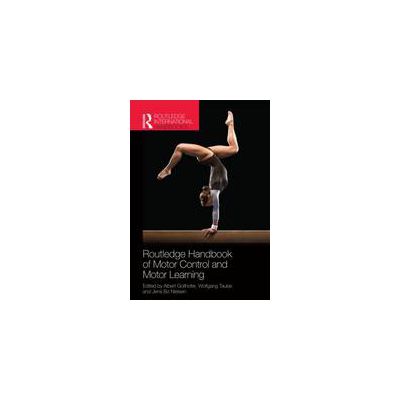
DESCRIERE
The Routledge Handbook of Motor Control and Motor Learning is the first book to offer a comprehensive survey of neurophysiological, behavioural and biomechanical aspects of motor function. Adopting an integrative approach, it examines the full range of key topics in contemporary human movement studies, explaining motor behaviour in depth from the molecular level to behavioural consequences. The book contains contributions from many of the world's leading experts in motor control and motor learning, and is composed of five thematic parts: Theories and models Basic aspects of motor control and learning Motor control and learning in locomotion and posture Motor control and learning in voluntary actions Challenges in motor control and learning Mastering and improving motor control may be important in sports, but it becomes even more relevant in rehabilitation and clinical settings, where the prime aim is to regain motor function. Therefore the book addresses not only basic and theoretical aspects of motor control and learning but also applied areas like robotics, modelling and complex human movements. This book is both a definitive subject guide and an important contribution to the contemporary research agenda. It is therefore important reading for students, scholars and researchers working in sports and exercise science, kinesiology, physical therapy, medicine and neuroscience.
Contents
SECTION 1: Theories And Models Chapter 1: Theoretical models of motor control and motor learning Chapter 2: What can we learn from animal models Chapter 3: Postural control by disturbance estimation and compensation through long-loop responses Chapter 4: Motor learning explored with myoelectric and neural interfaces Chapter 5: Biomechanical and neuromechanical concepts for legged locomotion: Computer models and robot validation SECTION 2: Basic Aspects of Motor Control and Learning Chapter 6: Visual activation of short latency reinforcement mechanisms in the basal ganglia Chapter 7: The role of augmented feedback in human motor learning Chapter 8: Neuroscientific aspects of implicit motor learning in sport Chapter 9: Mirror neurons and imitation SECTION 3: Motor Control and Learning in Locomotion and Posture Chapter 10: Neural control of walking Chapter 11: Adaptive plasticity of gait Chapter 12: Motor control &
motor learning in stretch-shortening cycle movements Chapter 13: Postural control and balance training SECTION 4: Motor Control and Learning in Voluntary Actions Chapter 14: Body schema, illusions of movement and body perception Chapter 15: Voluntary movement: Limitations and consequences of the anatomy and physiology of motor pathways Chapter 16: Acute and long-term neural adaptations to training SECTION 5: Challenges in motor control and learning Chapter 17: Motor control &
motor learning under Fatigue Conditions Chapter 18: Movement disorders - implications for the understanding of motor control
Contents
SECTION 1: Theories And Models Chapter 1: Theoretical models of motor control and motor learning Chapter 2: What can we learn from animal models Chapter 3: Postural control by disturbance estimation and compensation through long-loop responses Chapter 4: Motor learning explored with myoelectric and neural interfaces Chapter 5: Biomechanical and neuromechanical concepts for legged locomotion: Computer models and robot validation SECTION 2: Basic Aspects of Motor Control and Learning Chapter 6: Visual activation of short latency reinforcement mechanisms in the basal ganglia Chapter 7: The role of augmented feedback in human motor learning Chapter 8: Neuroscientific aspects of implicit motor learning in sport Chapter 9: Mirror neurons and imitation SECTION 3: Motor Control and Learning in Locomotion and Posture Chapter 10: Neural control of walking Chapter 11: Adaptive plasticity of gait Chapter 12: Motor control &
motor learning in stretch-shortening cycle movements Chapter 13: Postural control and balance training SECTION 4: Motor Control and Learning in Voluntary Actions Chapter 14: Body schema, illusions of movement and body perception Chapter 15: Voluntary movement: Limitations and consequences of the anatomy and physiology of motor pathways Chapter 16: Acute and long-term neural adaptations to training SECTION 5: Challenges in motor control and learning Chapter 17: Motor control &
motor learning under Fatigue Conditions Chapter 18: Movement disorders - implications for the understanding of motor control
Categorii de carte
-Comandă specială
-Edituri
-Promo
-Publicaţii Callisto
-Cărţi noi
-- 463,05 leiPRP: 514,50 lei
- 604,80 leiPRP: 672,00 lei
- 916,65 leiPRP: 1018,50 lei
Promoţii
-- 463,05 leiPRP: 514,50 lei
- 604,80 leiPRP: 672,00 lei
- 189,00 leiPRP: 630,00 lei


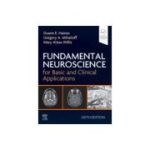
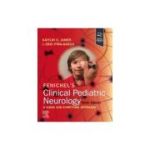
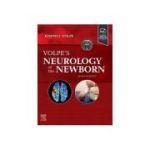
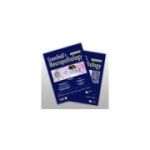
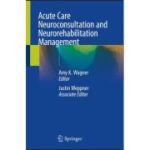
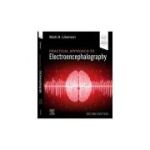
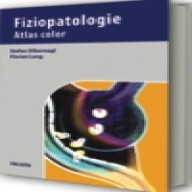


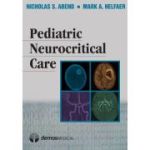

REVIEW-URI